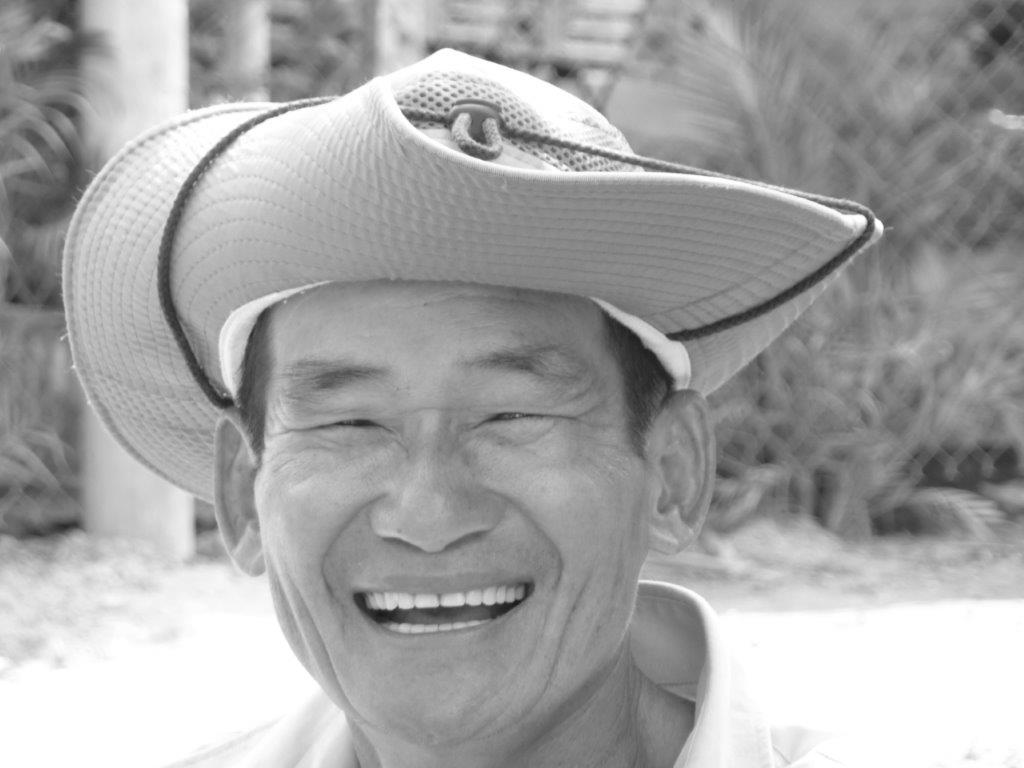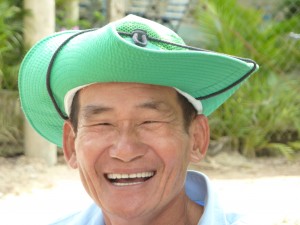Everyone thinks of changing the world…but no one thinks of changing themselves (Leo Tolstoy)
I am going to have some regular short sharp blogs over the next few months …to reflect on some of the things each and every one of us working in aged care can do to increase person centeredness in the environments within which we work.
It is so easy to put out there …in so many ways…that the issues that arise and that we are often forced to face in the aged care setting are because of “the thems” . “The thems” might be the government, the bureaucrats, the funders, the owners, the managers, the colleagues, the families or even the clients ….but seldom do we explore the “us” in that equation. The reality of course in life…is that it is only the “ us” that we can influence or change.
But in doing so – we have an opportunity to influence others by demonstrating another way … a way that is valued and respected and appreciated …a way that others want to follow…a way that improves the quality of life of those we choose to serve.
You might like to look a bit further at a model called the integral model (Ken Wilbur) which provides an increased academic understanding of some of these principles of change.
You might like to understand this further :
http://www.google.com.au/url?sa=t&source=web&cd=1&ved=0CCQQFjAA&url=http%3A%2F%2Fen.wikipedia.org%2Fwiki%2FKen_Wilber&ei=AyJ4Tu64OurEmAW7y5jVDQ&usg=AFQjCNHkZR8IBbhP9yvARI0-ej90_m5AxQ
or see the potential of its application:
http://www.aubynhoward.com/Pdfs/IntegralModelIntro.pdf
The broader application of the integral model reiterates that there is an interior and an exterior world that we can influence. The interior world is that which influences people and culture, whilst the exterior world influences performance and systems.
There are also potential interferences which may compromise the integral approach. Things such as self talk, or behaviour or culture and systems. This series of blogs will attempt to provide some strategies in all of these areas…particularly as it relates to creating more person centred environments for older people.
Each of these blogs will have a format of an introduction to the subject material – a set of tasks for us to undertake – appropriate resources to assist – and some guidance as to how to measure whether you have made a difference.
I look forward to your contribution also and hope that we will be able to mutually share strategies and resources in the quest to create increasingly positive environments for older people.
After all ….each of us can make a difference
“We must not, in trying to think about how we can make a big difference, ignore the small daily differences that we can make which, over time, add up to big differences that we often cannot foresee.” – Marian Wright Edelman,





